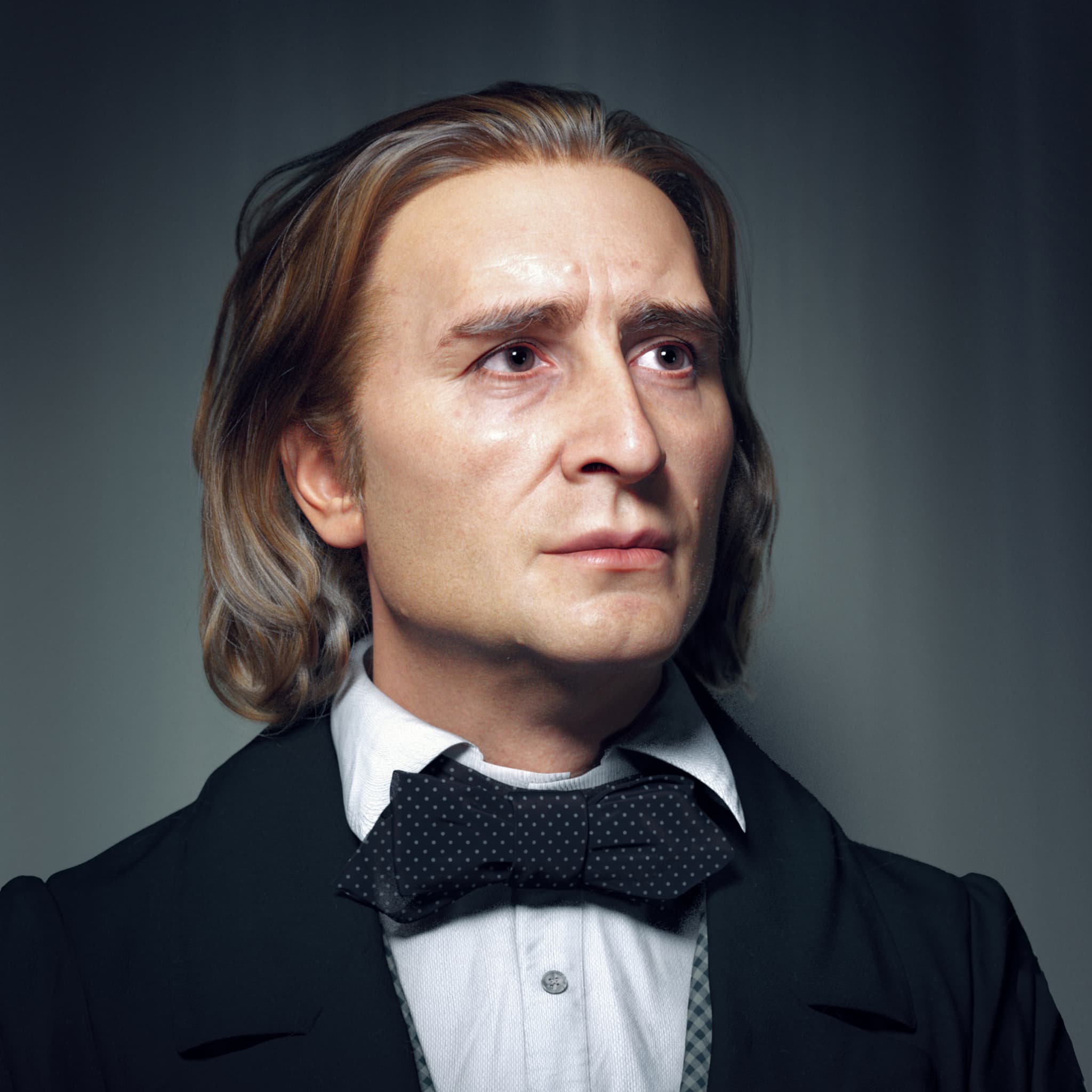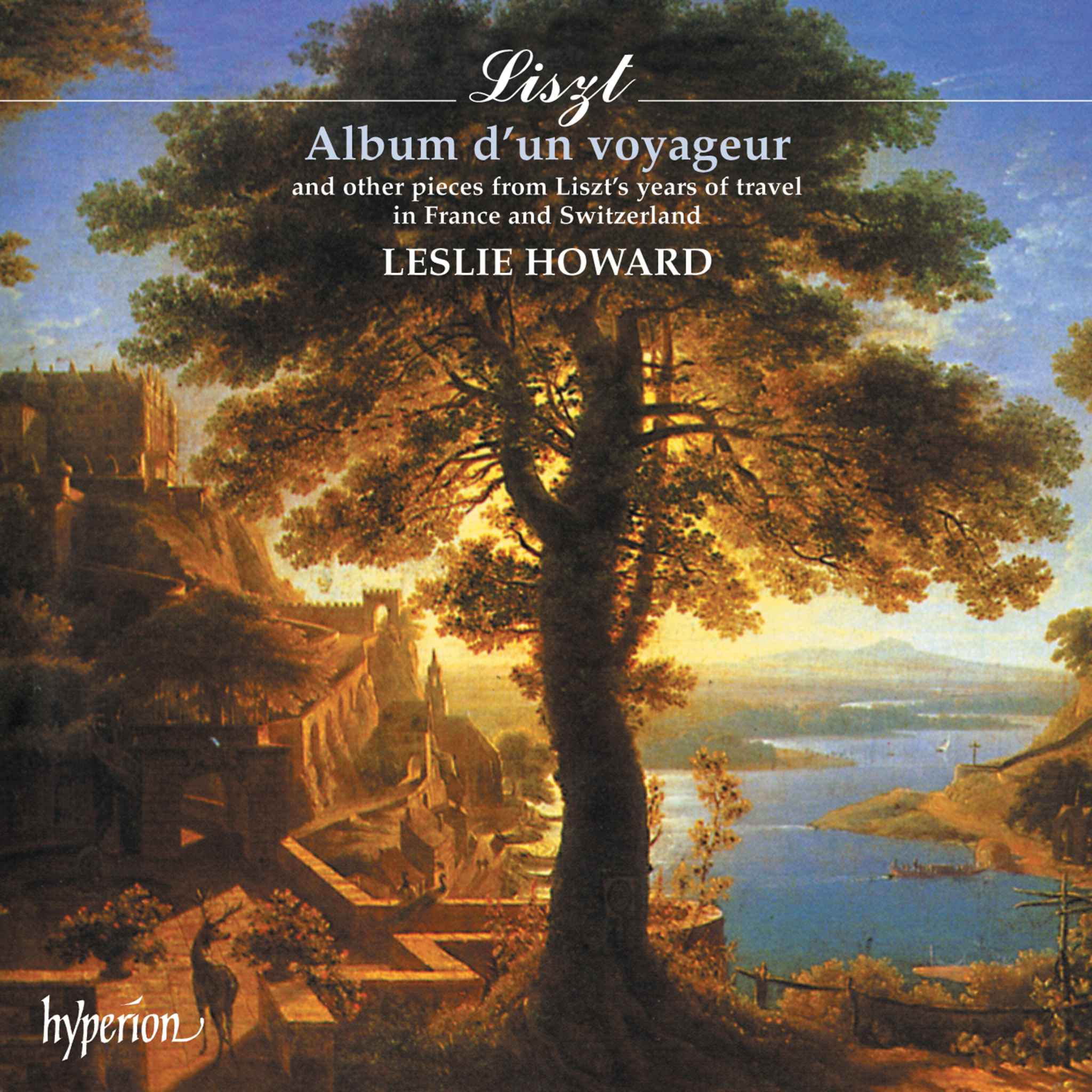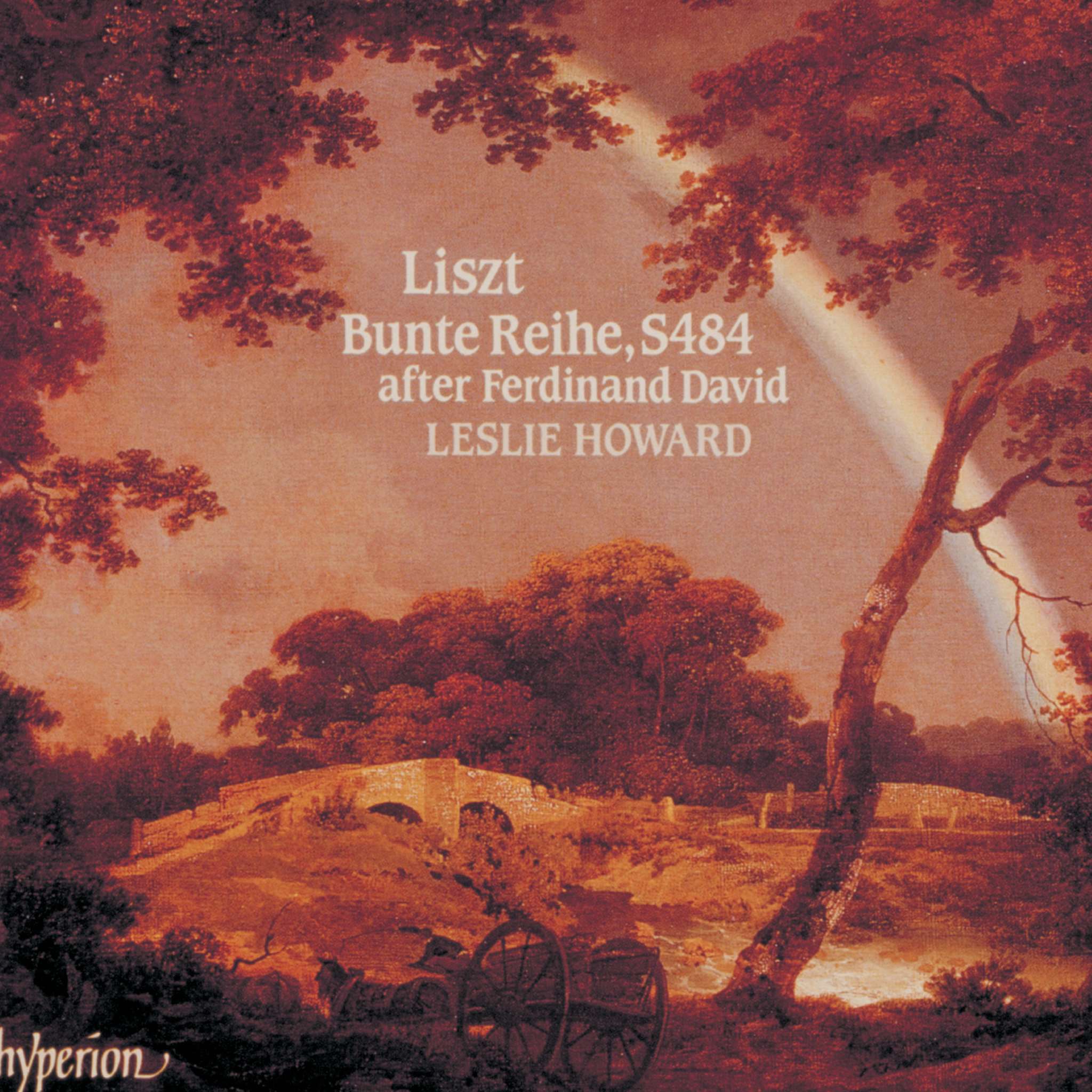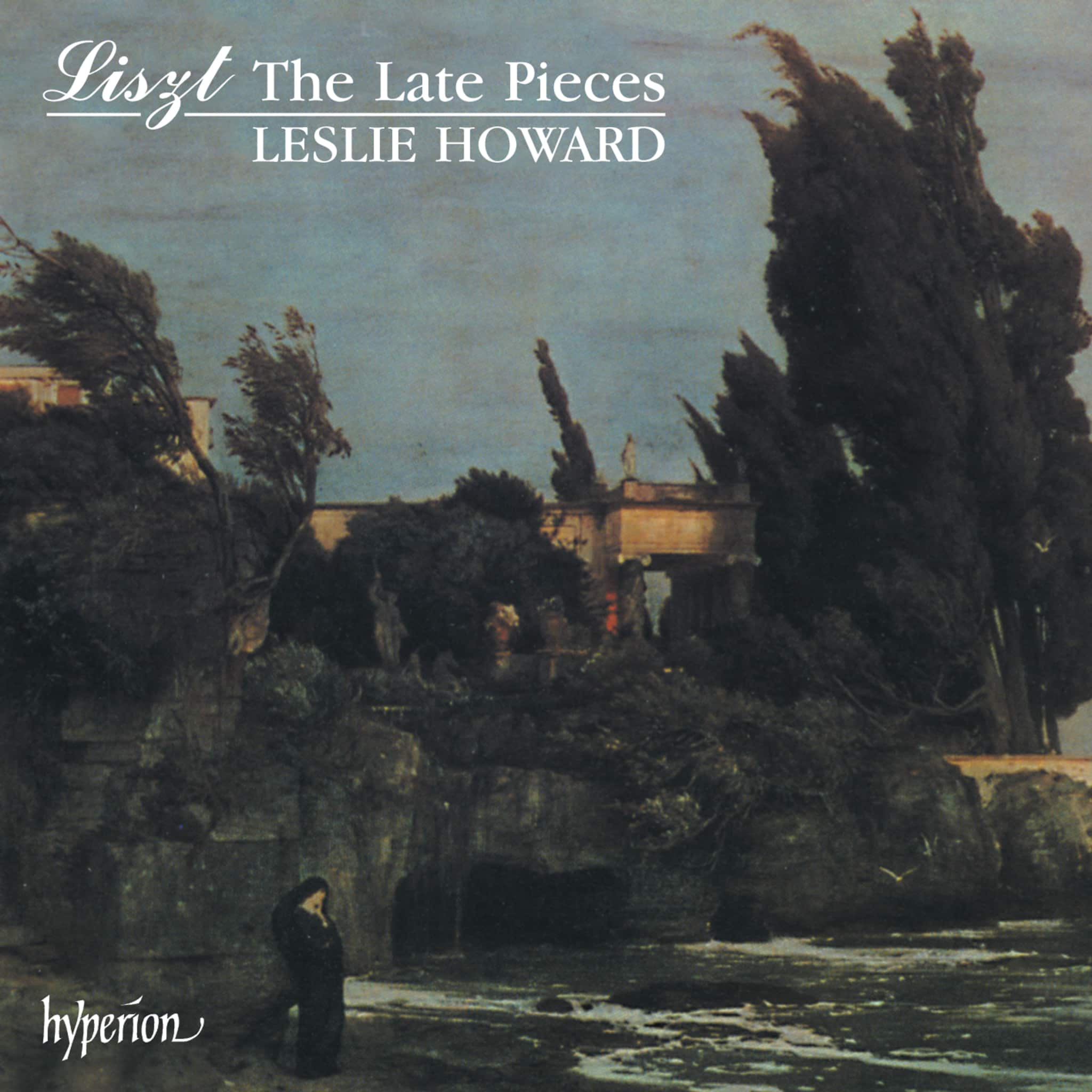Album insights
The 18th century was a remarkable period for cello music. Francesco Alborea, also known as Franciscello, emerged as the first superstar of this relatively young instrument. Following Franciscello's era, the legendary Luigi Boccherini, the greatest cellist virtuoso and composer, was born. Noteworthy compositions of the century ranged from Bach's suites to Beethoven's early sonatas. However, Mozart's alleged larger cello work and a rejected offer from Beethoven's friend, cellist Bernhard Romberg, still linger as missed opportunities in cello music history.
Fortunately, the discovery of Haydn's two renowned cello concertos in 1951 contradicted former beliefs, challenging the assertions of music scholars like Professor Strudel von Schnitzelburger. These concertos, now recognized as authentic Haydn works, marked a milestone in musical scholarship. Both concertos, C major and D major, showcase different stylistic elements and were tailored to highlight the strengths of the cellists for whom they were composed.
The C major concerto, Hob. VIIb:1, composed in the 1760s, likely for Joseph Weigl, exemplifies Weigl's cello abilities and preferences, featuring drawn-out notes and technical innovations. In contrast, the D major concerto, Hob. VIIb:2 (op. 101), created in 1783 for cellist Antonín Kraft, embodies Kraft's signature lyrical tone and proficiency in high registers. These differences in compositions reveal Haydn’s inclination to highlight the individual skills of the intended cellists.
Similarly, Carl Philipp Emanuel Bach's A major cello concerto Wq172 stands out for its deviation from the traditional norms, expressing emotional depth through musical irregularities and unpredictable twists. Known for his unconventional approach to composition, C. Ph. E. Bach's works, like the A major concerto, challenge conventional musical structures.
In the realm of chamber music, Mozart's artful aria and Boccherini's expressive cello piece add a touch of elegance and depth to this collection. Boccherini's works are often associated with chamber settings, showcasing his delicate and intimate musical style.
Balancing history and personal anecdotes, the recording captures the essence of these masterpieces, offering a diverse range of musical expressions. Each piece, meticulously selected and interpreted, pays homage to the rich tradition of cello music while unveiling hidden gems and untold narratives.






